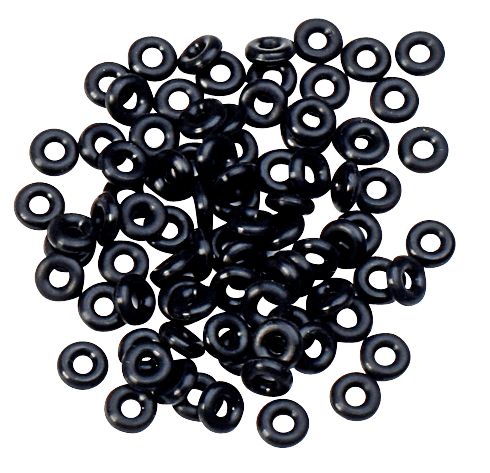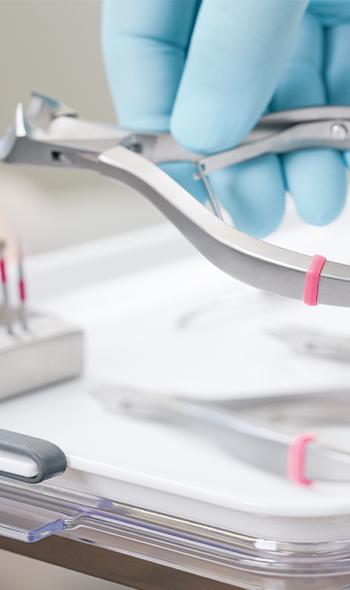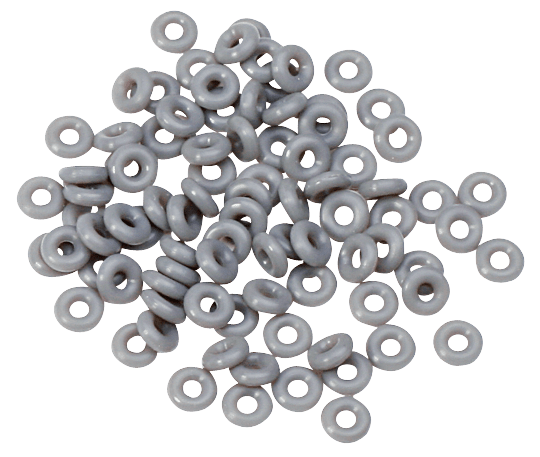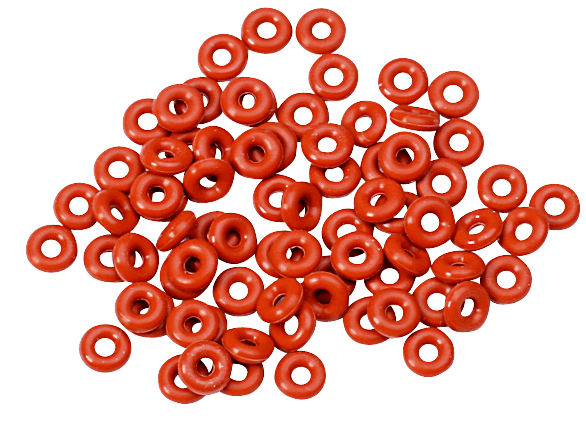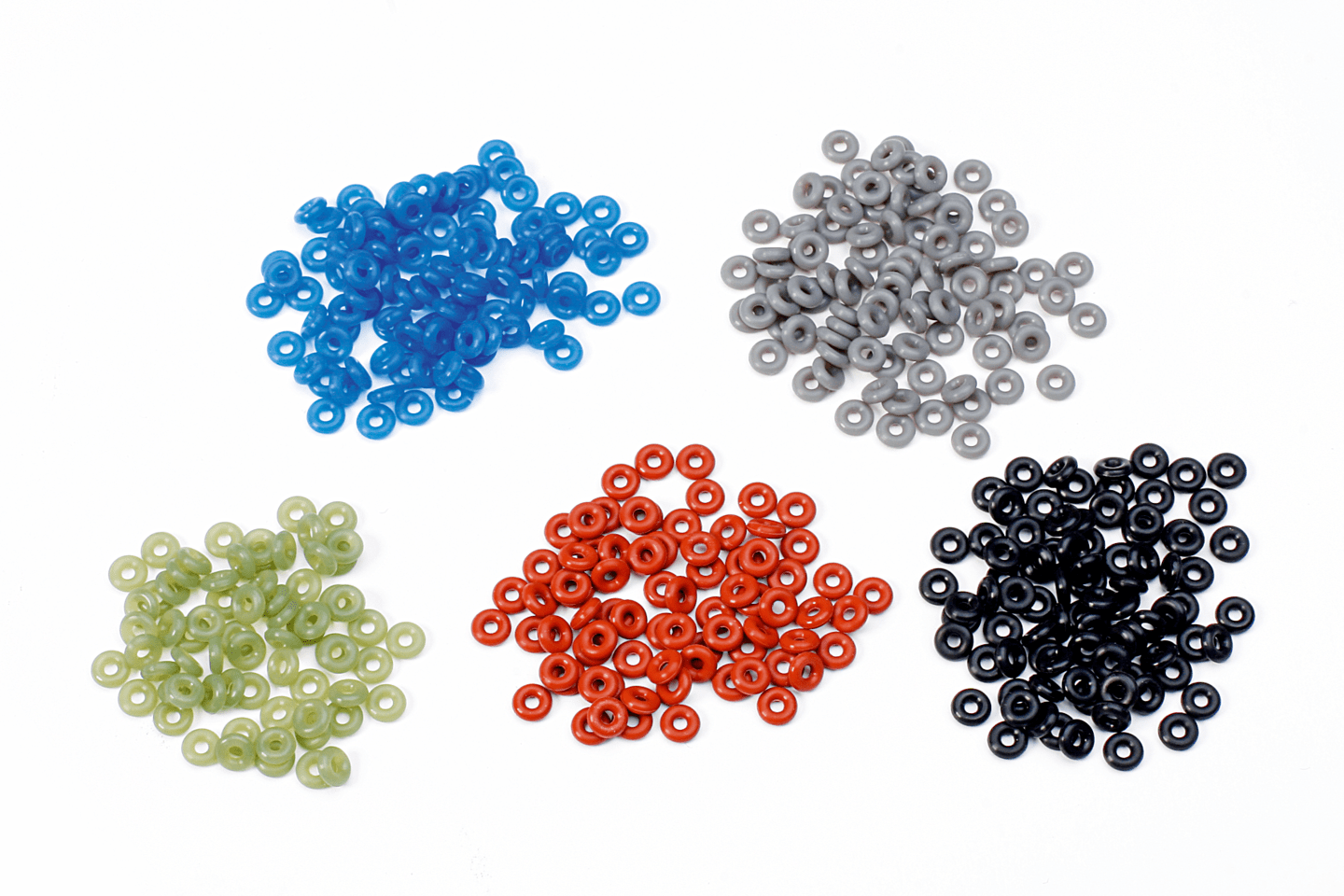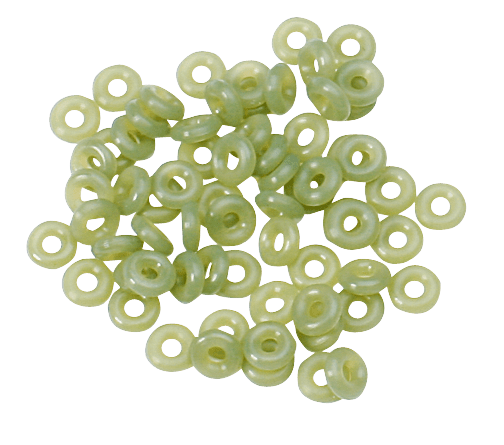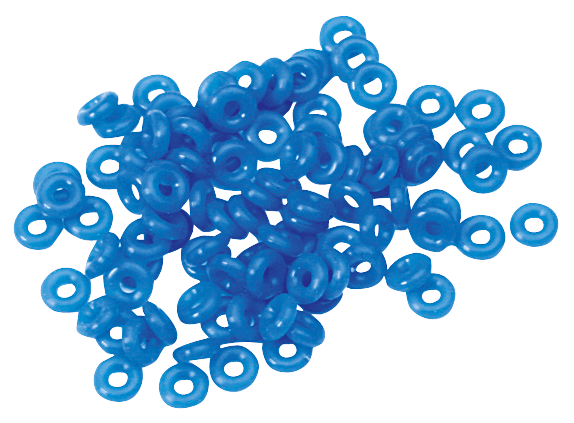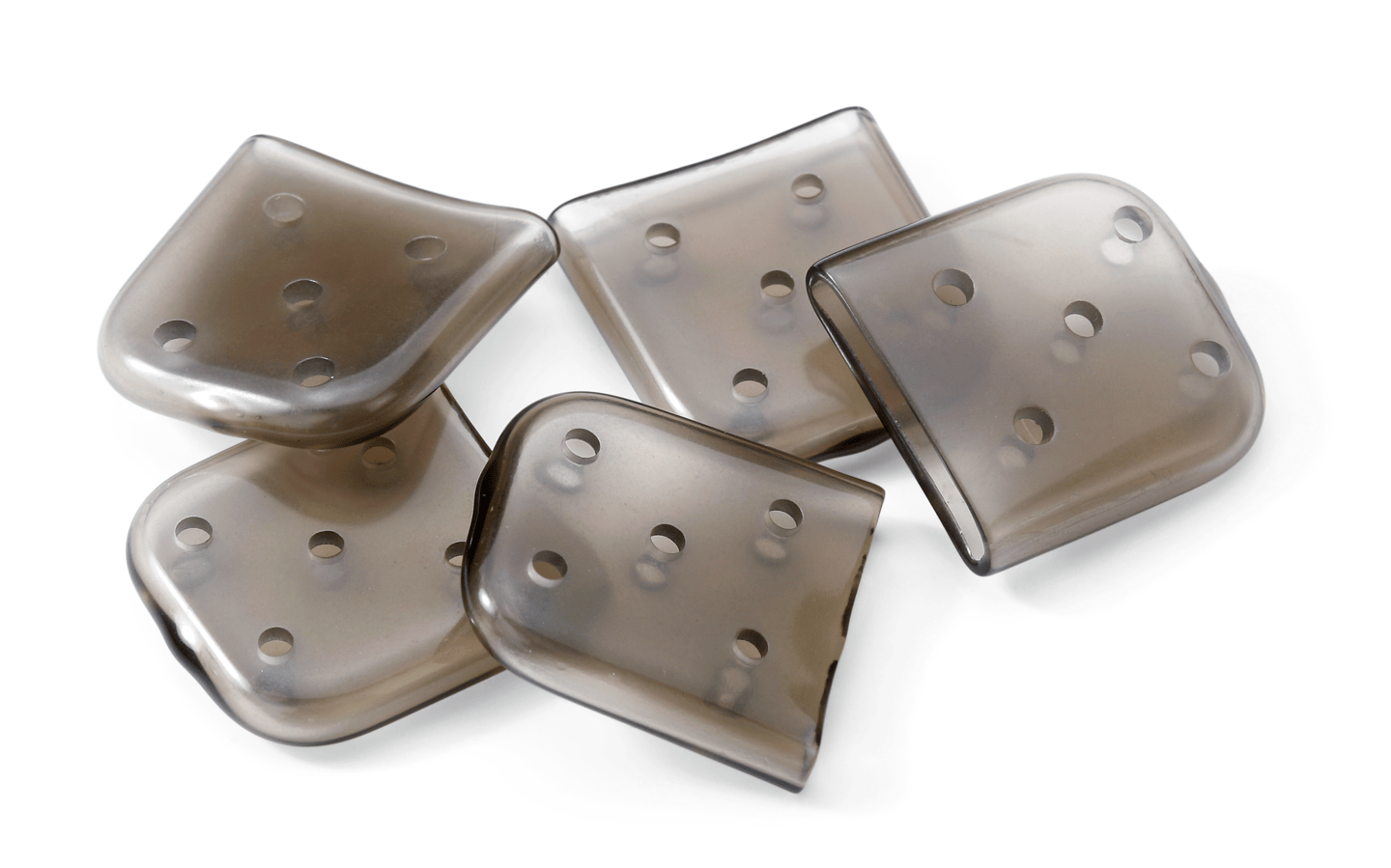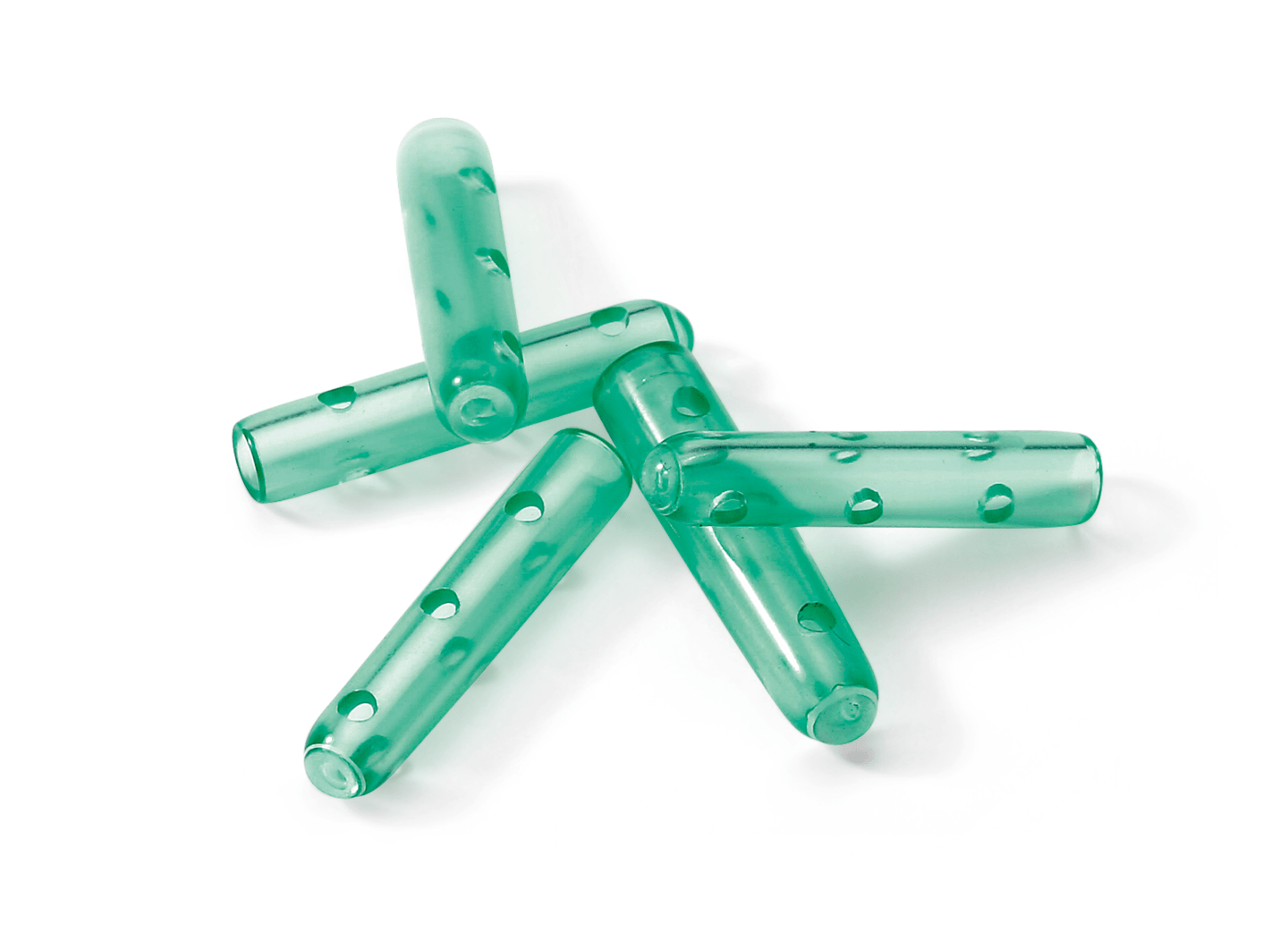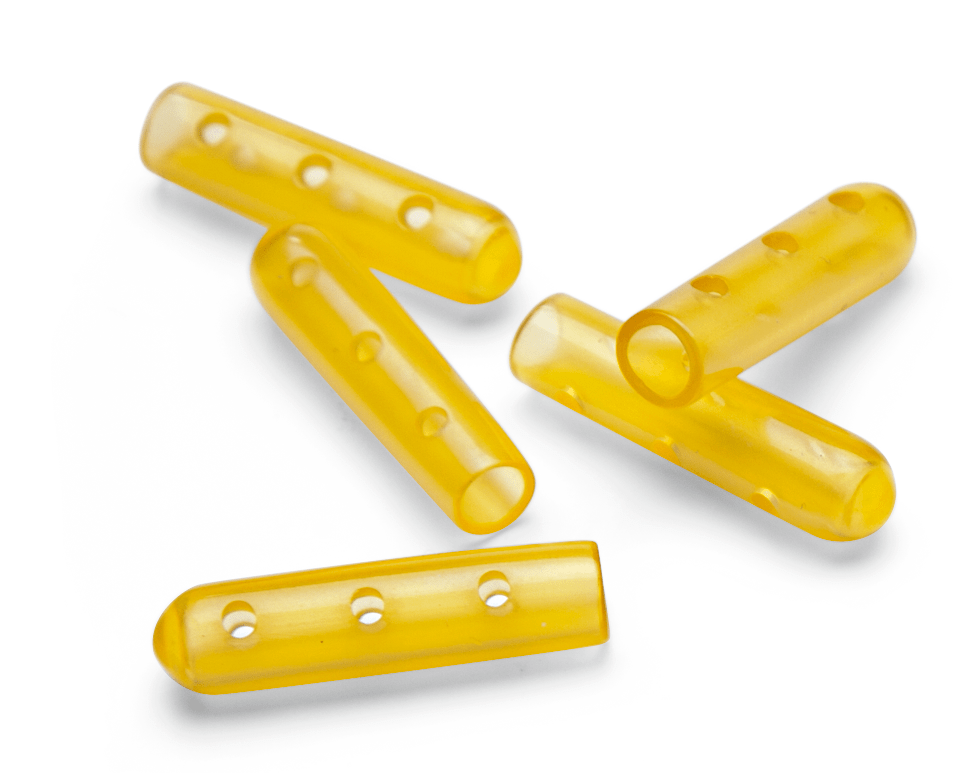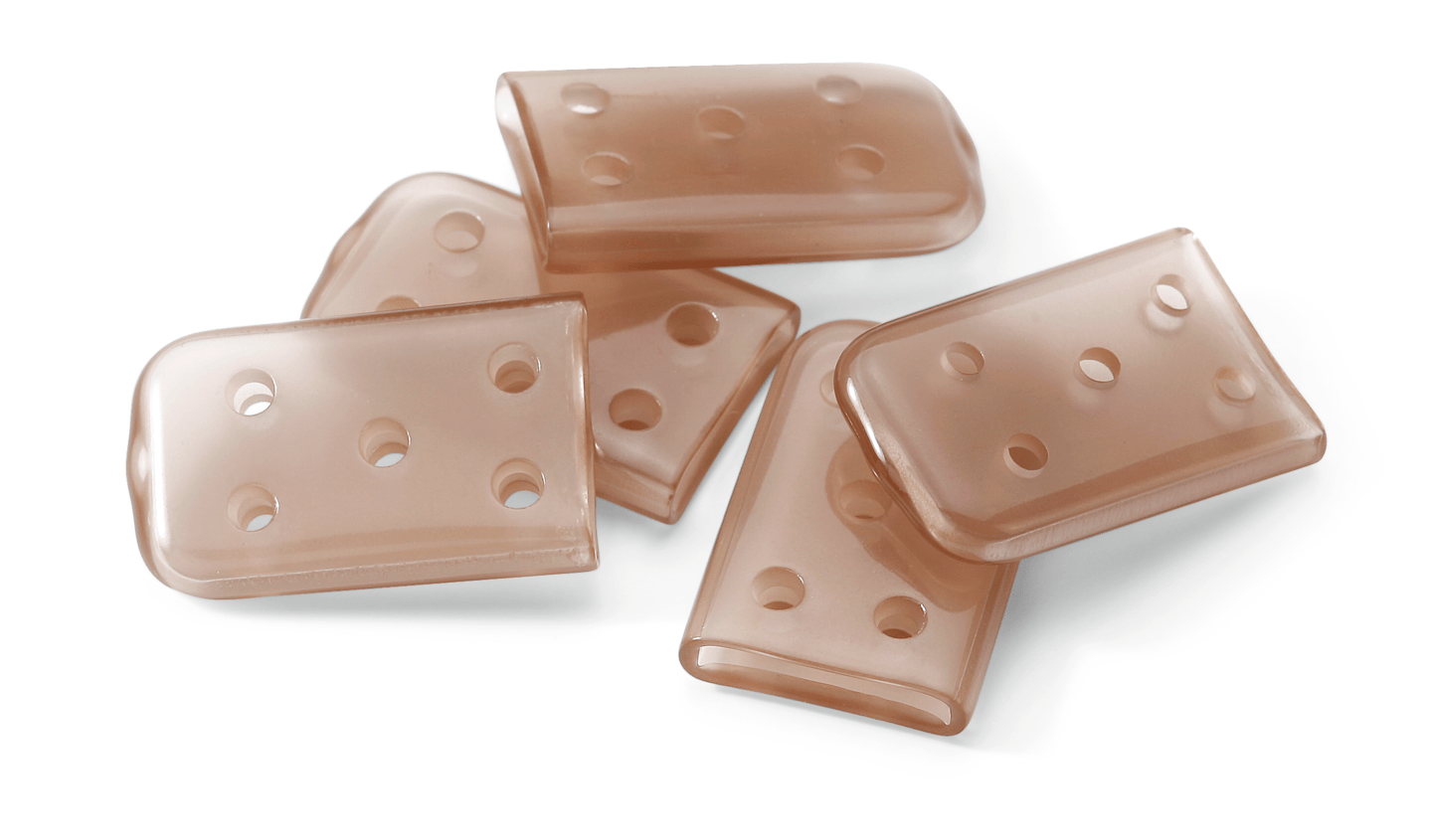Marking & Protection

Would you like to be part of the next chapter in our story?
We provide inspiring stories, top tips and informative discussion topics within the area that interests you most: podiatry and all things feet! Subscribe our newsletter & get free delivery!
Subscribe now

"I’m so happy that I can buy my RUCK products directly from Germany."
Dr Bharti Rajput MBE PhD, Director & Principal Podiatrist of The Foot, Expert Clinic (locations in Dundee and Cupar)
Register now & get 10% offMarking tapes and rings for podological instruments improve clarity and safety
In the field of podiatry, the accurate marking of instruments and drills is of crucial importance. To facilitate quick and easy identification of instruments and drills, for example, different coloured marking tapes and rings are used. They help with you to distinguish unused, reprocessed instruments from contaminated ones at a glance. This not only makes it easier to comply with hygiene standards, but also increases safety.
Protective rings or caps for podological tools and instruments are also practical companions that ensure a safer working environment. They help prevent injuries and offer optimum protection for you and your companions.
Marking tapes or rings for a safe and hygienic working environment
The use of coloured marking tape or rings not only makes the work easier for podiatrists. A better overview also ensures more safety and helps with you to comply with applicable hygiene standards. Many different instruments and drills are used in the field of podiatry and foot care professionals. From nail instruments, tweezers, scissors and pliers to planes and scalpels to grinding caps and stainless steel cutters - each podological tool has its own function. By marking it accordingly on the handle, it can be found more quickly during a podological application and thus offers you optimum treatment options. A coloured marking thanks to bands or rings can, for example, identify different types of instruments or also different size variants of a respective type of instrument.
The purpose of marking with marking bands or rings is that you discover at first glance which instrument it is during a treatment. Then you can make the right choice for the respective treatment step more quickly. If you don't have to spend a long time looking for the right tool, this increases the effectiveness of the treatment. And colour-coded instruments are also a good idea for safety at the workplace - for example, they help to distinguish sterile from non-sterile tools.
Protective caps for instruments increase safety at your workplace
In addition to marking rings, tapes and stickers in different colours, special protective rings for milling attachments or protective caps for instruments with blades, hooks or pointed ends are also a practical addition to podiatry practice equipment.
They also help with you to avoid mix-ups and injuries. If instruments with sharp blades or pointed ends are stored or transported unprotected, there is an increased risk of injury. Putting protective rings or caps over the blades or ends of the instruments also prevents the drills themselves from being damaged or from damaging surfaces or textiles with which they come into contact. Protective caps for instruments are available in various sizes and designs, depending on the instrument and its intended use.
Protective caps for instruments for more safety and extended tool life
Special protective rings for sealing burs and grinders ensure that no dust can get inside the drills instead. They then ensure optimum functioning of your drills and increase the standard of hygiene. A colour coding also ensures direct access to the right drill or attachment without a long search.
In addition, protective caps and rings for podiatry drills can help extend the life of your tools and equipment. If blades or tips are damaged, podological instruments have to be replaced or repaired, which incurs costs. The use of protective rings and caps can avoid this and increase the life of your tools.
In summary, marking tapes and marking rings as well as protective caps for instruments that are contacted in the podiatric field make an important contribution to the safety and effectiveness of the treatment you perform. They enable quick and easy identification of your instruments and reduce both the risk of confusion and injury. In addition, they help to extend the life of your podiatry instruments and thus save costs. Therefore, marking tapes, rings and protective rings along with caps should be standard in every podiatry practice.





















































